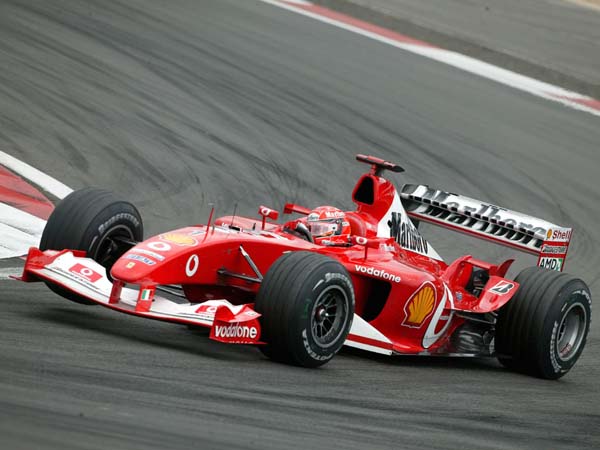

Of course, the Jetta's engine is probably good for at least 100,000 miles or so. To put that into perspective, consider that a Volkswagen Jetta's 2.5-liter engine produces just 150 horsepower. Even though power outputs fell with the rule change, Formula One engines can still produce nearly 900 horsepower. Then the rules changed, specifying the use of 2.4-liter V8 engines. Engineīefore 2006, Formula One cars were powered by massive three-liter, V10 engines. The seat, however, is made to fit a driver's precise measurements so his movement is limited as the car moves around the track. They must, for example, meet minimum size requirements and must have a flat floor. Unlike the cockpits of road-ready cars, which can show great variance, the cockpits of Formula One cars must adhere to very rigorous technical regulations. The monocoque incorporates the cockpit, a strong, padded cell that accommodates a single driver. The result is a lightweight car that can withstand the enormous downward-acting forces that are produced as the vehicle moves through the air. Once upon a time, that material was aluminum, but today it's a strong composite, like spun carbon fibers set in resin or carbon fiber layered over aluminum mesh. Monocoque is a French word meaning "single shell," which refers to the process of making the entire body out of a single piece of material. Like most modern cars and aircraft, Formula One race cars feature monocoque construction. The heart of a Formula One car is the chassis - the part of the automobile onto which everything is bolted and attached.


 0 kommentar(er)
0 kommentar(er)
